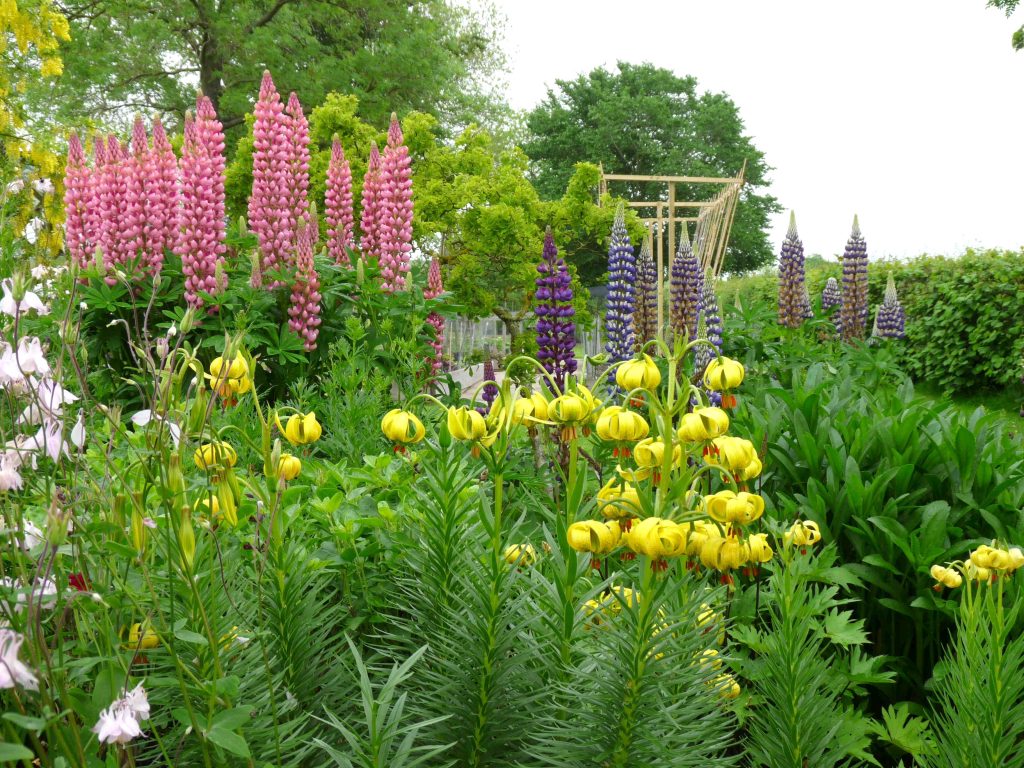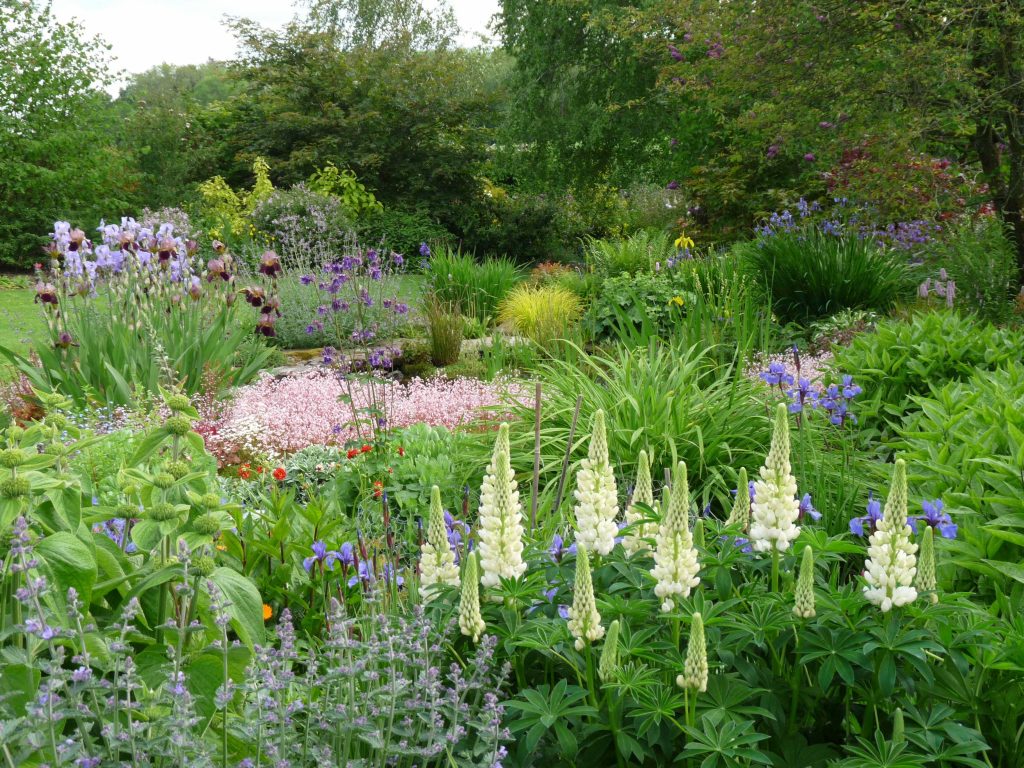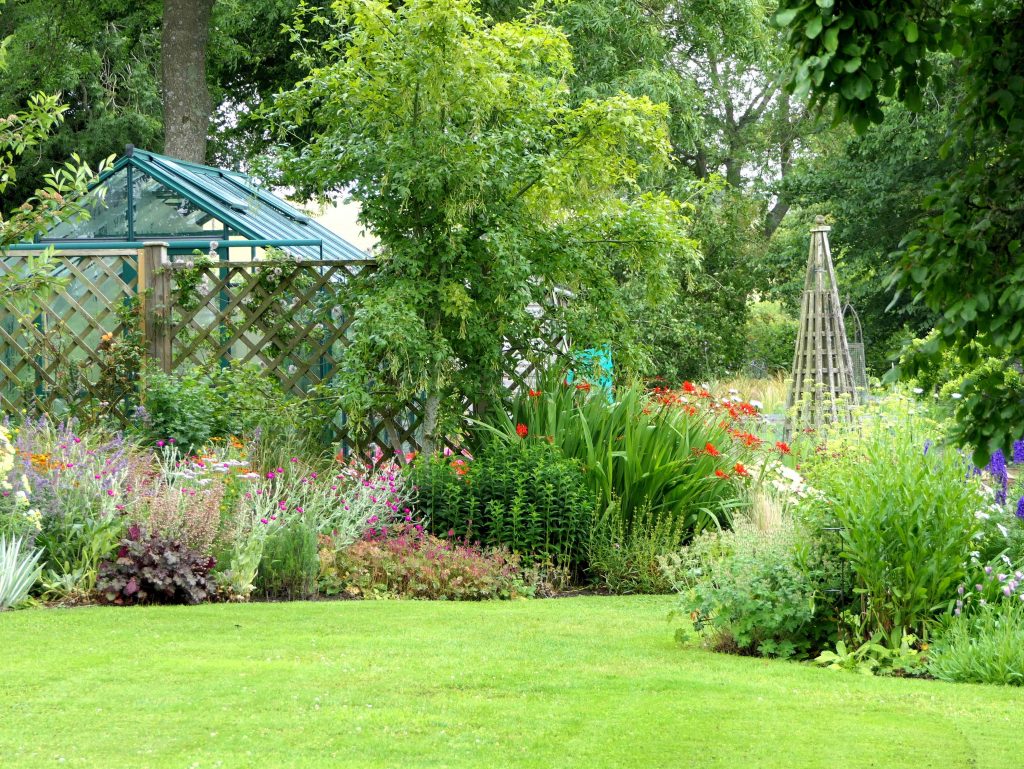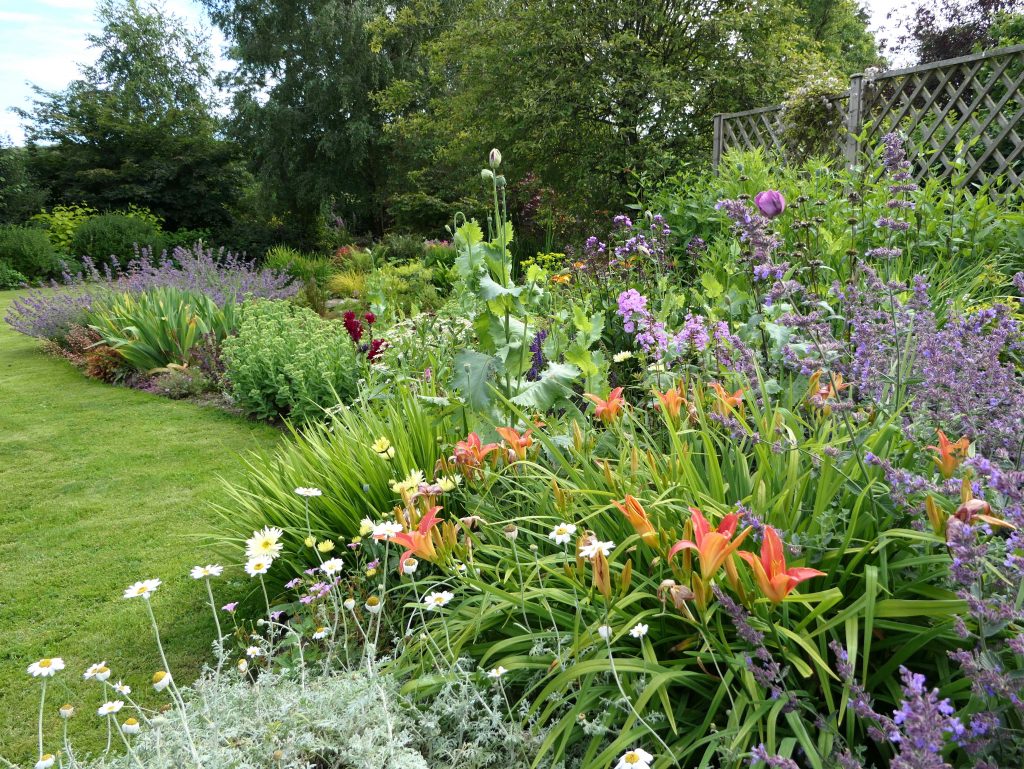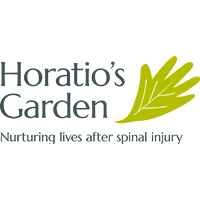How well do you know your garden?
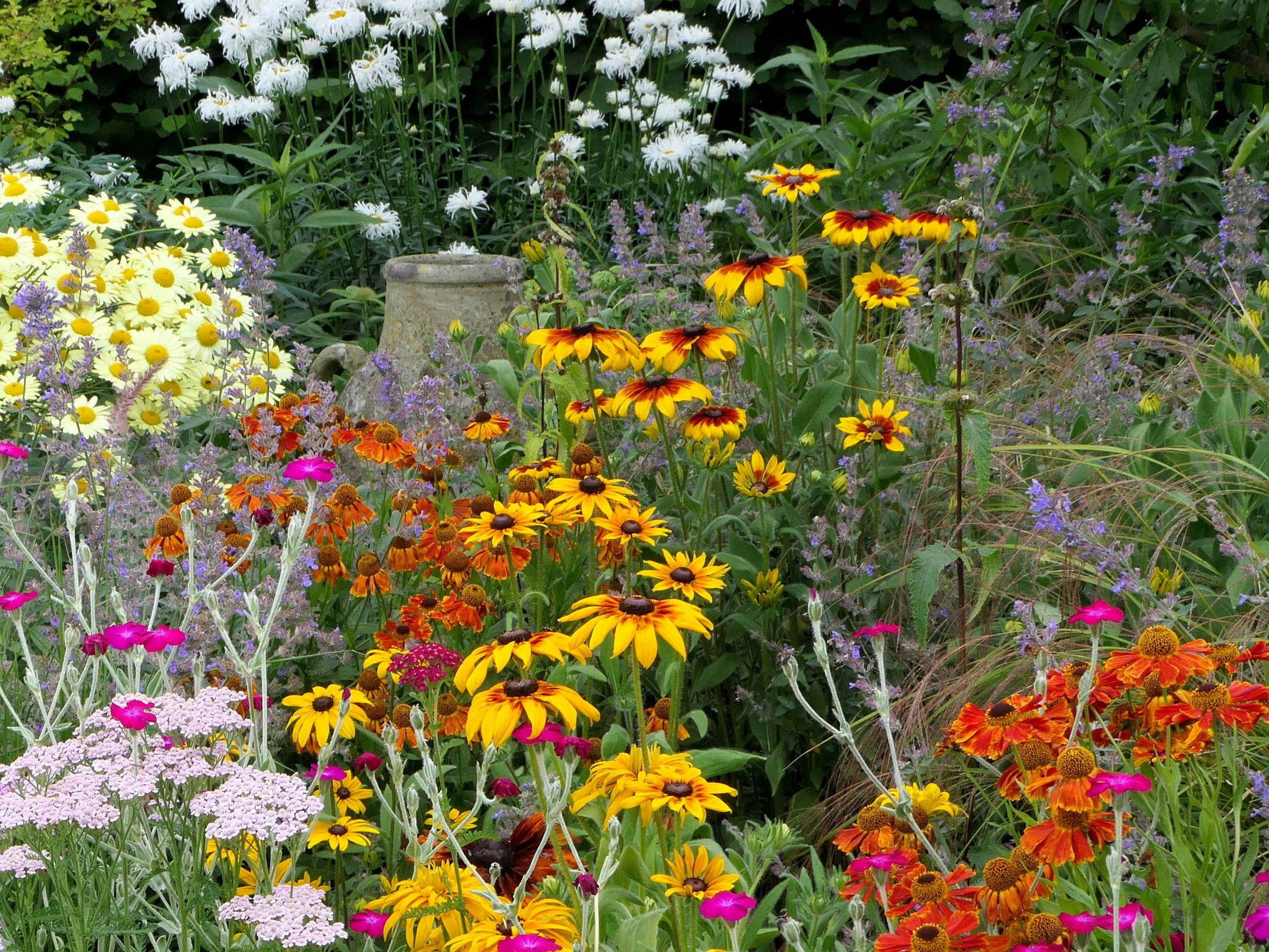
Every garden will have its own, unique set of conditions which will largely determine what can be grown successfully. Although different regions will have varying climates each individual garden may have a slightly different microclimate, and even within each garden there will be areas with contrasting conditions which influence what will grow. To help you understand your garden, Garden Owners, Derek and Eileen Mattey share how to work with nature to provide the best conditions for your plants to grow and thrive.
In over 40 years of gardening we have created numerous gardens from scratch in a variety of settings ranging from small suburban plots consisting mainly of clay, sub-soil and builders’ rubble to relatively large country gardens which have become weed infested and overgrown. In every case we have had to carefully consider the conditions relating to each particular plot of land before we set about designing and laying out the garden. Sometime this has had to be achieved with a very limited budget and so we tried (not always successfully) to avoid making costly mistakes. We would certainly advise against buying expensive plants until you have established what the conditions are like in the garden; it often helps to look at other gardens nearby to see what sort of plants grow in the area. There are many factors that will affect plant growth but the following should always be considered when creating a garden…
Aspect
The garden aspect will clearly affect the amount of sunlight and warmth that plants receive and we are fortunate in having a south-facing plot, which generally provide the best growing conditions for the greatest number of plant species.
The influence of a south-facing garden will be enhanced if there are fences or walls which heat up during the day and release warmth at night, helping to prevent frost and promote fruit ripening. North facing gardens are likely to be cooler and damper with more shade. However, the north-facing side of a fence or wall will be more suitable for certain plants since the local microclimate is less likely to have extremes of hot or cold. Do not despair if you do not have ‘ideal’ conditions as there is a huge choice of plants available that will thrive in different situations.
Altitude
With our current garden in Shropshire at nearly 1000 feet we have certainly noticed the effect of altitude since it is generally more exposed and slightly cooler than previous gardens we have had. However, we have found that even at this height we can still grow a wide variety of plants including some considered not to be fully hardy (such as various salvias). This is likely to be a result of receiving more light, having a well-drained soil and having fewer frosts than properties at lower levels. On frosty nights cold air will flow downhill to collect at low points (frost pockets) where its effect may be exacerbated by collecting behind barriers such as fences or walls.
Prevailing wind
Sitting near the top of a hill we have had to think carefully about damage limitation from the prevailing, south-westerly wind. This entails the use of a wide variety of plant supports and choosing plants that are likely to be more robust and less prone to wind damage. Hedges, trees and trellises help to slow the wind in different areas of the garden.
Topography (lie of the land)
Another factor to consider in the garden is the topography. Many gardens are flat, but others will be on a slope or have different levels throughout the site. Dips and hollows in the garden may trap frost or may be damp and boggy while a south facing slope may be a sun trap suitable for terracing and growing Mediterranean plants.
Soil type
The type of soil in your garden will have a significant impact on how well plants grow and the variety of plants that can be grown. The most important characteristics are its depth, texture, chemical composition and pH. The way in which you can improve the soil will also strongly influence what you can successfully grow. Far from being inert, soil is a dynamic ecosystem and generally speaking the more organic matter you can introduce into it the better plants will grow. If you are creating a garden or a new border from scratch, the best investment you can make is the effort you put into soil preparation. You are only likely to get the opportunity to do this once and well-prepared soil will reward you with healthy, vigorous plants.
Making your own compost is well worth the effort when you are rewarded with a crumbly black, humus rich material to spread around the garden. It is generally agreed that good things to add to your compost include nitrogen rich “green” material such as plant prunings, grass clippings, vegetable peelings, fruit waste, and used tea leaves, which should be mixed with carbon rich “brown” material like leaves, wood shavings and sawdust (from untreated wood), shredded paper, cardboard, and egg cartons. Try to obtain a good balance of “green” to “brown” material, but don’t get too hung-up about getting the proportions right! More important is regular turning of the heap, which mixes the materials and introduces oxygen, which is essential for effective decomposition. Yes, it does require quite a bit of effort but gives you a great work-out in the process!
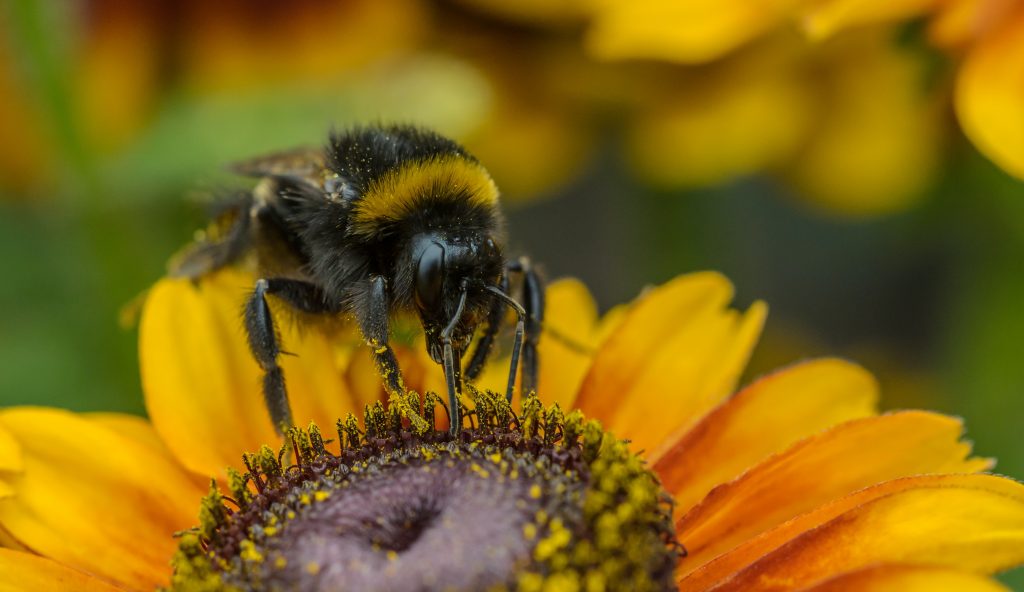
Wildlife!
The final influence on our garden that we should mention is our desire to attract wildlife. When selecting plants, we try to choose those that will benefit a variety of insects and birds. We also defer the annual tidy-up until the end of winter, to provide seed-heads for the birds and hibernating places for beneficial insects. An added bonus is the protection that the dead top-growth provides to the roots of plants and the truly beautiful sight of frost covered seed heads and grasses.
Think outside the box
Finally, it is always easier to work with the conditions that you have in your garden; aim to improve rather than fight against them or try to completely change them. If you really what to grow a particular plant but do not have the right conditions you can always grow it in a pot where you can control the soil conditions and the growing situation!
___________________________________
If you would like to purchase a copy of Secrets of Shropshire Gardens, please contact [email protected].





